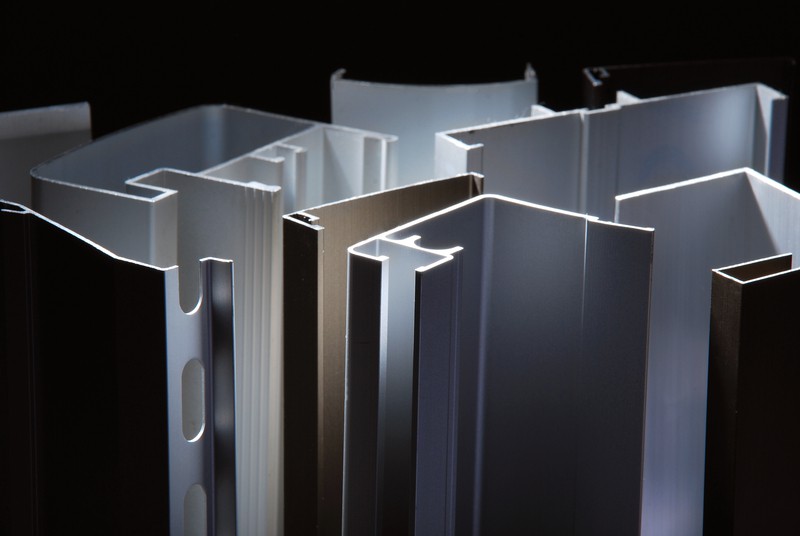Lengths of Aluminium Profiles
Today we're going to explore the world of aluminum profiles. These sleek and strong structural shapes play a role in industries, including construction, automotive and everyday products. Join us as we uncover the mysteries surrounding the lengths of these profiles.

The Extrusion Enigma
Let's begin with the fundamentals. Aluminum profiles are like superheroes in the realm of materials. They come in shapes and sizes. Do you know how they are made? It all starts with a process known as extrusion. Imagine this; a block of aluminum alloy heated to temperatures ranging from 400 to 500°C, then forced through a die using either press or screw type extruder technology. Voilà! You have yourself a profile born from the depths of aluminum alloy.
Cooling Down the Heat
Now you might be curious about what happens. Well after this headed aluminum has had its moment to cool down and catch its breath it is precisely cut to achieve the desired length. Wait! The magic doesn't stop there.
The Science of Perfection
Creating top-notch aluminum profiles is no task; it's, like, an intricately choreographed dance where every step must be executed with precision.
Manufacturers have to consider factors when it comes to controlling the production of aluminum profiles. They need to manage the alloy used in the shape of the die as well, as the temperature and extrusion speed. It's a bit like finding the balance of ingredients for a recipe.
Measuring the Marvels
Now let's dive into measuring these aluminum profiles. Imagine you have an aluminum profile in front of you. You're thinking, "How can I determine its dimensions?" Don't worry; we're here to assist you!
First up, you want to know what dimensions it is you're after. Is it length, width, height or some other funky feature?
Next on the list is all your tape measures, calipers and micrometers.
Now that you have got everything together, ensure your aluminum profile is completely clean; no dirt, debris or contaminants allowed. Position your aluminum profile as if it is posing for a photo shoot. You need easy access to its measuring points. If length or width are required to be measured then a tape measure or caliper will suffice the job but when pinpoint accuracy is needed, the micrometer must make an appearance.
Just write that measurement down, and then check it again. Aluminum profiles can take on any shape or size you please - but we're doing the simplest ones here. Forget about those complicated equations - millimeters are good for now. For example, an aluminum profile could be 50mm wide, 40mm tall and three meters long.
Oh, by the way: these dimensions might very slightly differ because of how they're made. It's called tolerating. So if you see something like "50mm (+/- 0.5mm) wide," this means that its width could actually be no less than 49.5mm or more than 50.5mm. The same thing as saying, "Hey, give or take half a millimeter!"
The Long-Drawn-Out Dispute
Now, let's touch on the subject of length. It is a buffet of options. You've got 1 meter, 2 meters, 3 meters, 4 meters and even 6 meters. But here's where it hurts – custom profiles are on that menu as well.



